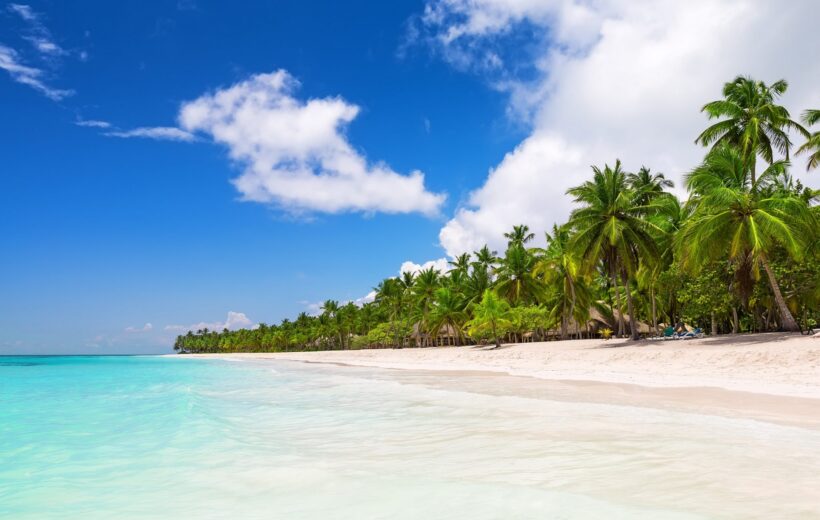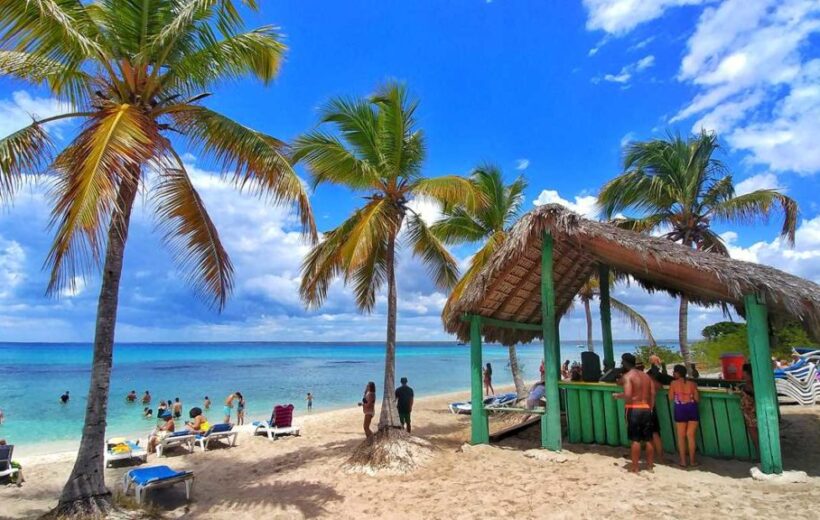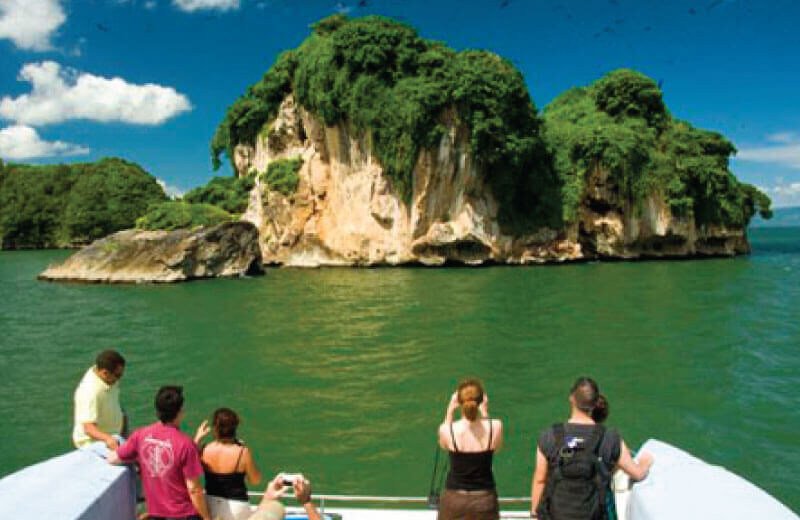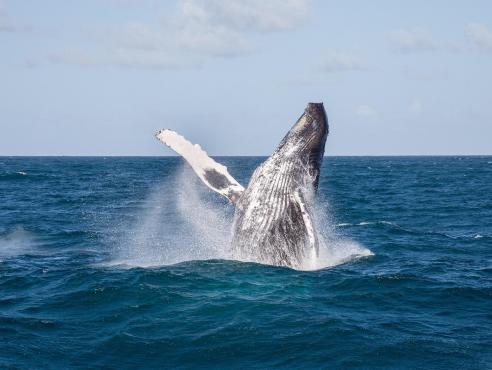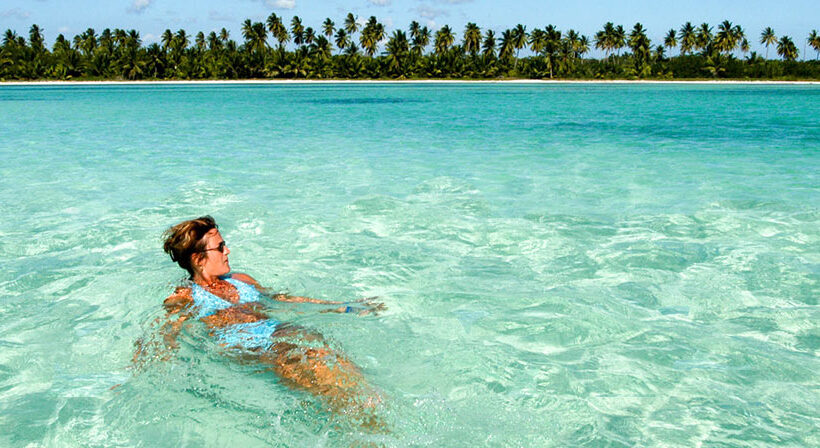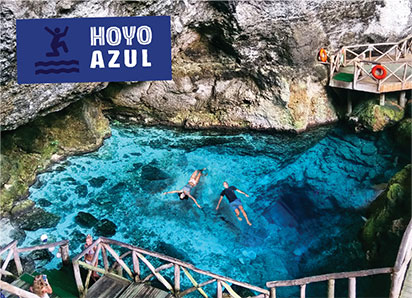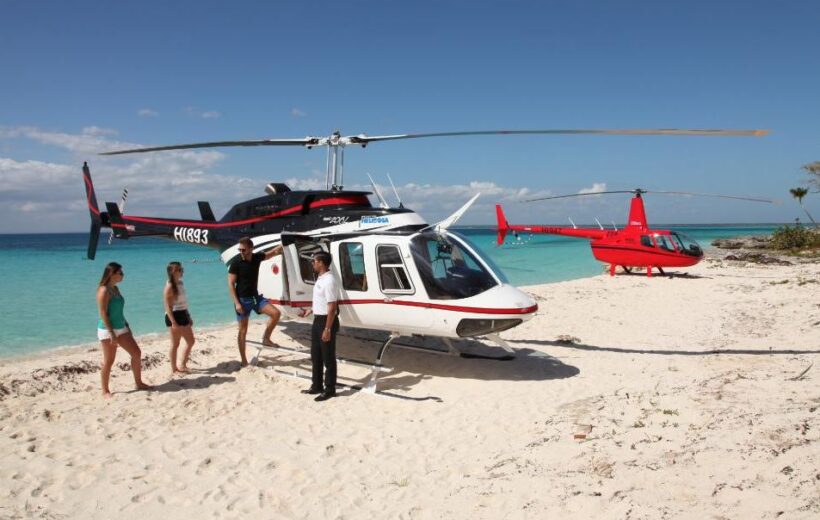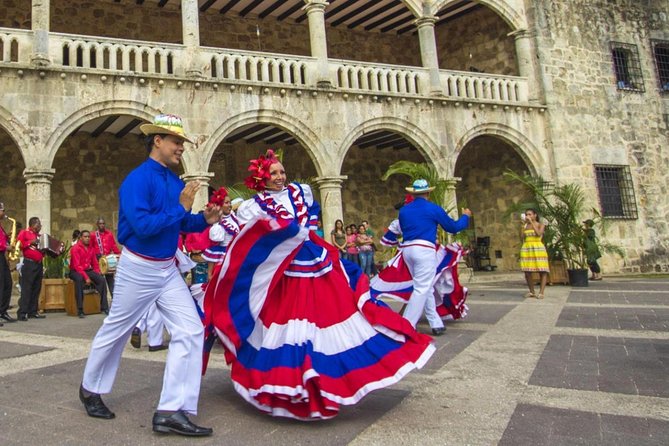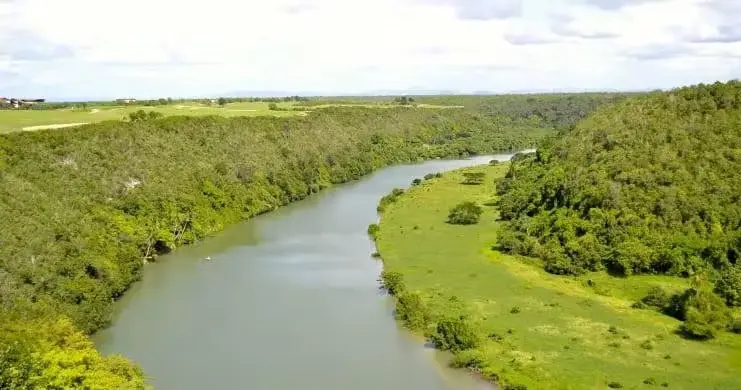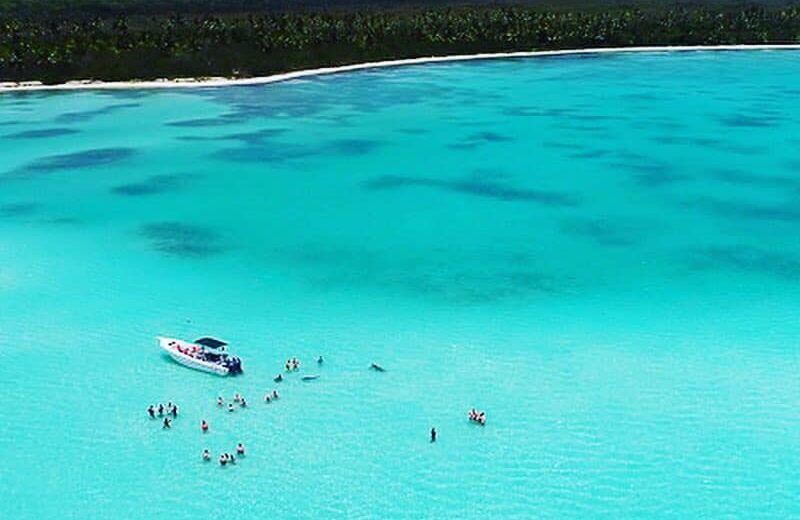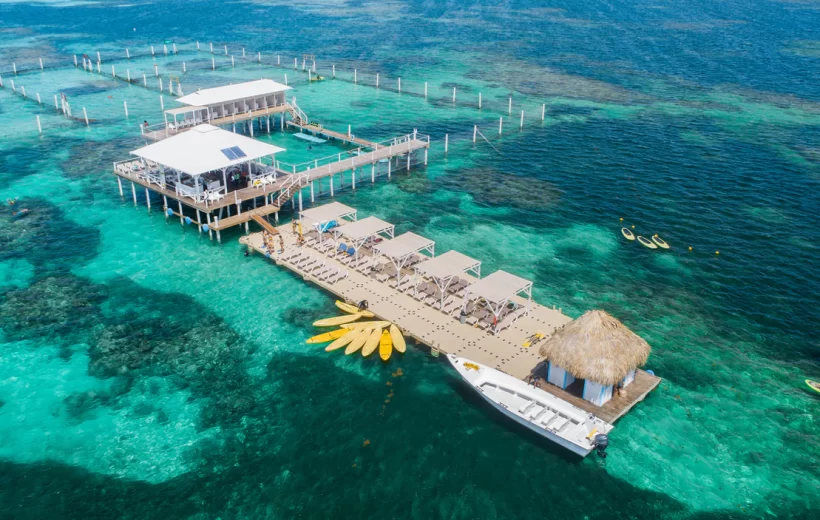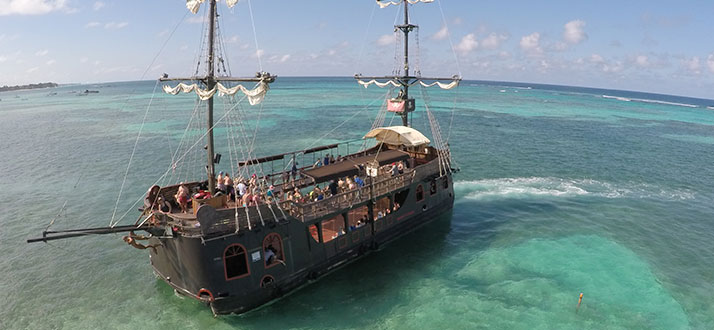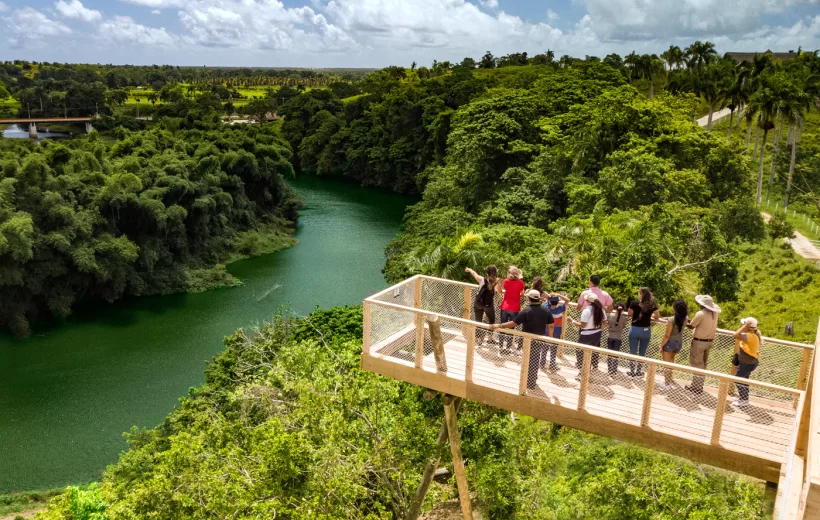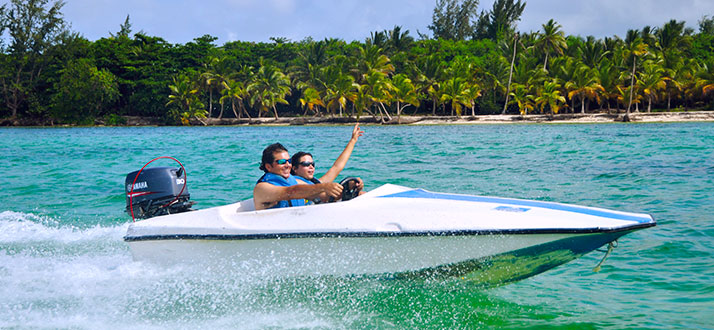Weather in the Dominican Republic
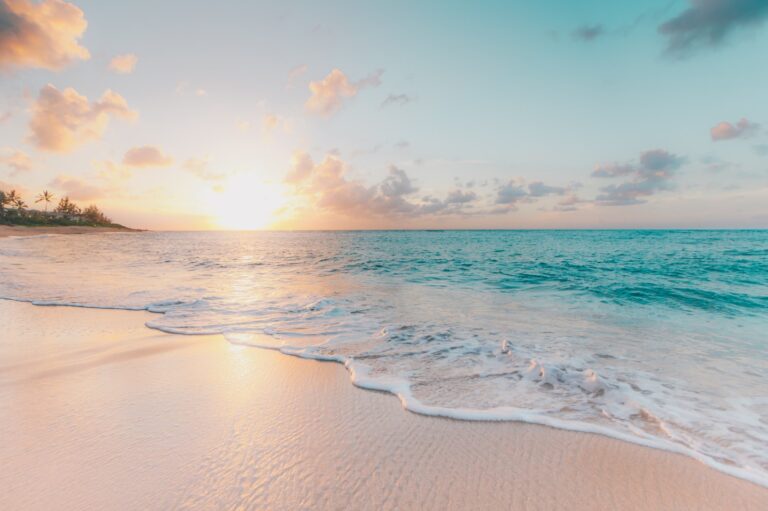
Table of Contents
ToggleThe Dominican Republic is a Caribbean paradise with beautiful beaches, lush vegetation, and tropical weather. The country is known for its warm, sunny climate, but weather conditions can vary depending on the region and time of year. In this article, we’ll explore the weather patterns in different regions of the Dominican Republic, the seasonal changes, the seaweed situation, the weather in Punta Cana, and the best month to travel.
Weather per Region
The Dominican Republic is divided into several regions, each with its own unique weather patterns. Let’s take a look at the weather in each region.
Punta Cana: Located on the east coast of the island, Punta Cana is one of the most popular tourist destinations in the Dominican Republic. The region enjoys a tropical climate with high temperatures year-round, ranging from the mid-70s to the mid-80s Fahrenheit. The rainy season in Punta Cana lasts from May to October, with the most rainfall occurring in September and October.
Santo Domingo: As the capital city of the Dominican Republic, Santo Domingo experiences a tropical savanna climate. The region has high temperatures year-round, with an average temperature of 80 degrees Fahrenheit. The rainy season in Santo Domingo is from May to October, with the most rainfall occurring in May and October.
Puerto Plata: Located on the north coast of the island, Puerto Plata experiences a tropical climate with high temperatures year-round. The region has an average temperature of 78 degrees Fahrenheit. The rainy season in Puerto Plata is from May to October, with the most rainfall occurring in October.
La Romana: Located on the south-east coast of the island, La Romana enjoys a tropical climate with high temperatures year-round. The region has an average temperature of 79 degrees Fahrenheit. The rainy season in La Romana is from May to October, with the most rainfall occurring in October.
Samana: Located on the north-east coast of the island, Samana experiences a tropical rainforest climate. The region has high temperatures year-round, with an average temperature of 77 degrees Fahrenheit. The rainy season in Samana is from May to October, with the most rainfall occurring in October.
Seasonal Changes
The Dominican Republic has two distinct seasons – the dry season and the rainy season. The dry season runs from November to April, while the rainy season runs from May to October. During the dry season, the weather is hot and sunny, with very little rainfall. This is the peak tourist season in the Dominican Republic, with many visitors flocking to the beaches to enjoy the warm weather.
During the rainy season, the weather can be unpredictable, with frequent rain showers and thunderstorms. The humidity is also high during this time of year, making it feel hotter than it actually is. While the rainy season can be a less popular time for tourists to visit, it can also be a good time to take advantage of lower hotel rates and fewer crowds.
Seaweed in Punta Cana 2023
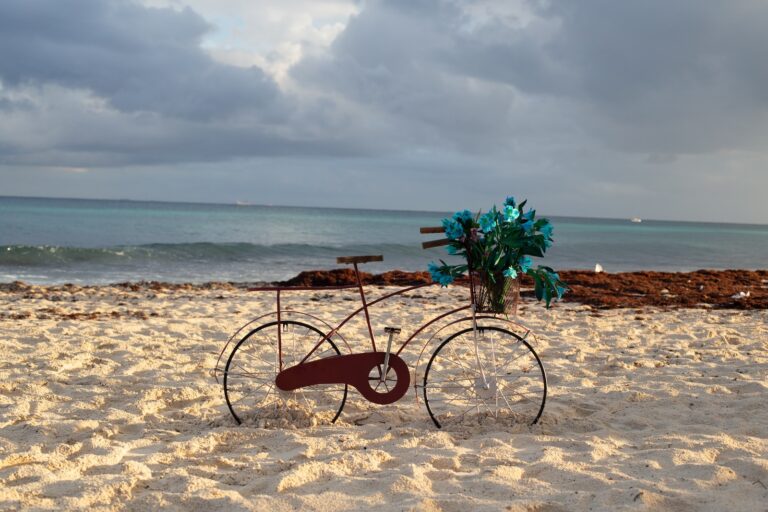
Seaweed can be a concern for travelers planning to visit the beaches of the Dominican Republic, including the popular tourist destination of Punta Cana. Seaweed, also known as sargassum, can accumulate on the shores and affect the water quality and beach experience for visitors. In this article, we will explore the seaweed situation in the Dominican Republic and Punta Cana, including the season, solutions, and the best time to travel.
Seasonal Changes:
The seaweed season in the Dominican Republic typically runs from May to October, with the highest levels appearing between July and September. During these months, seaweed can wash up on the shore in large quantities, creating an unpleasant smell and reducing the visual appeal of the beaches. The seaweed can also make swimming conditions difficult as it creates a murky and uninviting appearance. It is important to note that seaweed levels can vary depending on weather patterns and ocean currents, so it is best to stay up-to-date on the current conditions.
Seaweed Situation in Punta Cana:
Punta Cana is known for its stunning beaches, and the seaweed situation can be a concern for visitors. The area has experienced high levels of seaweed in recent years, causing some hotels and resorts to take measures to clean the beaches and maintain a more pleasant beach experience. However, some areas may still have seaweed present, so it is important to research and check with your hotel or resort for the current conditions.
Solutions:
Various measures have been taken by the Dominican government and local businesses to address the seaweed situation, including cleanup efforts and the use of seaweed barriers to prevent it from washing ashore. Some hotels and resorts have also implemented their own cleanup measures to ensure a pleasant beach experience for guests. However, it is important to note that seaweed can be unpredictable, and its presence is a natural occurrence in the ocean.
Best Time to Travel:
While seaweed can be a concern for some visitors, it is important to remember that the Dominican Republic has a lot to offer in terms of natural beauty and cultural experiences. The best time to travel to the Dominican Republic may depend on your personal preferences and the activities you plan to do during your visit. For those looking to avoid the seaweed season, the best time to visit is from November to April, as these months typically have lower seaweed levels. However, keep in mind that this is also the peak tourism season, so prices may be higher and crowds may be larger.
In conclusion, seaweed can be a concern for travelers planning to visit the beaches of the Dominican Republic, including Punta Cana. However, measures have been taken to address the situation, and there are still many beautiful areas to visit throughout the country. By staying informed about the current conditions and planning your trip accordingly, you can still have an enjoyable and memorable vacation in the Dominican Republic.
Weather in Punta Cana 2023
Punta Cana, located on the eastern coast of the Dominican Republic, is one of the most popular tourist destinations in the Caribbean. It is known for its beautiful beaches, warm weather, and friendly people. If you are planning a trip to Punta Cana, it is important to understand the weather patterns and changes so that you can pack accordingly and plan your activities.
Weather in Punta Cana in 2023: Punta Cana has a tropical climate with warm temperatures throughout the year. The average temperature in Punta Cana ranges from 77°F to 88°F (25°C to 31°C). The months of December to April are the driest and most pleasant, with lower humidity and cooler temperatures. The wettest months are from May to October, with higher humidity levels and occasional heavy rainfall. It is important to note that Punta Cana is susceptible to tropical storms and hurricanes from June to November.
Changes in Weather: Punta Cana experiences a wide range of weather changes throughout the year. The months of December to April are the driest and most comfortable. The humidity levels are lower during this time, making it a popular time for tourists to visit. May to October is the rainy season, and the weather can be unpredictable. There may be days with heavy rainfall, while other days may be sunny and pleasant. It is important to keep an eye on the weather forecast and plan accordingly.
Humidity: Punta Cana has a high level of humidity, especially during the rainy season. The humidity levels can reach up to 90%, making it feel hotter than it actually is. It is important to stay hydrated and wear light, breathable clothing to stay comfortable.
Dry Spells: While Punta Cana is known for its sunny weather and beautiful beaches, there may be periods of dry spells during the rainy season. This can cause the vegetation to turn brown, and the beaches may not be as vibrant as they are during the peak season. However, there are still many indoor activities and attractions to enjoy during these times.
Seaweed Situation: In recent years, seaweed has been a problem in the Caribbean, including Punta Cana. Seaweed can accumulate on the beaches and make it less attractive for tourists. The seaweed situation is unpredictable and can change rapidly. However, the government and local businesses have been working to address the issue. Many resorts have implemented seaweed removal programs, and the government has deployed boats to remove the seaweed from the beaches.
Best Time to Visit: The best time to visit Punta Cana is from December to April, which is the dry season. The temperatures are comfortable, and the humidity levels are lower. However, this is also the peak season, so the prices may be higher, and the beaches may be more crowded. If you want to avoid the crowds and get a good deal, consider visiting during the shoulder season, which is from May to November.
In conclusion, understanding the weather patterns and changes in Punta Cana is important when planning your trip. It is important to pack accordingly and plan your activities based on the weather forecast. With proper planning, you can enjoy all that Punta Cana has to offer, including its beautiful beaches, vibrant culture, and warm hospitality.
Exploring the Majestic Mountains of the Dominican Republic: A Guide to the Highest Peaks and Best Hiking Trails
The Dominican Republic, located in the Caribbean, is not only known for its beautiful beaches, but also for its mountainous terrain. From the highest peak in the Caribbean to smaller mountain ranges, the country offers a variety of options for mountain enthusiasts. In this article, we will take a look at some of the most notable peaks and mountains in the Dominican Republic.
Central Region:
Pico Duarte: Standing at 3,087 meters, Pico Duarte is the highest peak in the Caribbean. It is located in the Cordillera Central mountain range, which spans across the central region of the country. The hike to the peak takes two to three days and is a popular activity among tourists and locals.
Isabel de Torres: Located near the city of Puerto Plata, Isabel de Torres is a mountain with a peak of 800 meters above sea level. Visitors can take a cable car to the top of the mountain and enjoy the stunning views of the city and the ocean.
Eastern Region:
Loma Quita Espuela: This mountain range is located in the northeastern part of the country, near the border with Haiti. The highest peak is 1,246 meters, making it the second-highest peak in the country. It is part of the Dominican Republic’s National System of Protected Areas and is home to several species of plants and animals.
Montaña Redonda: While not as high as some of the other mountains on this list, Montaña Redonda is a popular attraction in the eastern region of the country. Located near the town of Miches, visitors can hike to the top of the mountain and enjoy panoramic views of the surrounding countryside and the ocean.
Western Region:
Pico Diego de Ocampo: This mountain is located in the southwestern part of the country, near the border with Haiti. It is the third-highest peak in the country, standing at 1,650 meters above sea level. The mountain is part of the Jaragua National Park and is home to several species of birds and reptiles.
Sierra de Bahoruco: This mountain range is located in the southwestern part of the country, near the border with Haiti. The highest peak is 2,349 meters above sea level, making it the second-highest peak in the Cordillera Central mountain range. The area is known for its biodiversity, with several endemic plant and animal species.
As for the lowest points in each region, it is difficult to determine exact elevations as the terrain is relatively flat in some areas. However, some notable low-lying areas include Lake Enriquillo in the southwestern region and the Higuey Plain in the eastern region.
Whether you are an experienced mountain climber or just looking to enjoy some breathtaking views, the mountains and peaks of the Dominican Republic offer something for everyone. So pack your hiking boots, bring plenty of water, and get ready to explore the stunning natural beauty of this Caribbean paradise.
The Dominican Alps: Exploring the Mountain Ranges of the Dominican Republic
The Dominican Republic may be known for its pristine beaches and crystal-clear waters, but it is also home to a range of breathtaking mountain landscapes. Known as the Dominican Alps, these mountains offer a unique opportunity for outdoor enthusiasts and nature lovers to explore the beauty of the island from a different perspective.
The Dominican Alps are located in the central region of the country, stretching from the Cordillera Central in the north to the Sierra de Neiba in the south. The highest peak in the Dominican Alps is Pico Duarte, which stands at an impressive 10,164 feet (3,098 meters) and is the highest mountain in the Caribbean.
Aside from Pico Duarte, there are several other notable peaks in the Dominican Alps, including La Pelona, La Rusilla, and Pico Yaque. The mountains are home to a diverse range of flora and fauna, with pine forests, cloud forests, and tropical rainforests all found within the various mountain ranges.
In addition to the natural beauty of the Dominican Alps, there are also several charming mountain towns and villages to explore. Jarabacoa, known as the “city of eternal spring,” is a popular destination for its mild climate, outdoor activities, and stunning waterfalls. Constanza, located in the heart of the Cordillera Central, is known for its fertile agricultural lands, producing a variety of fruits and vegetables.
The Dominican Alps offer a unique opportunity for hiking, camping, and mountain biking, with several established trails and campsites throughout the region. The best time to visit the mountains is between December and March, when the weather is mild and dry.
Whether you’re a seasoned outdoor enthusiast or simply looking to escape the beach for a day, the Dominican Alps offer a unique and unforgettable experience. So grab your hiking boots, pack a picnic, and get ready to explore the natural wonders of the Dominican Republic’s mountain ranges.

